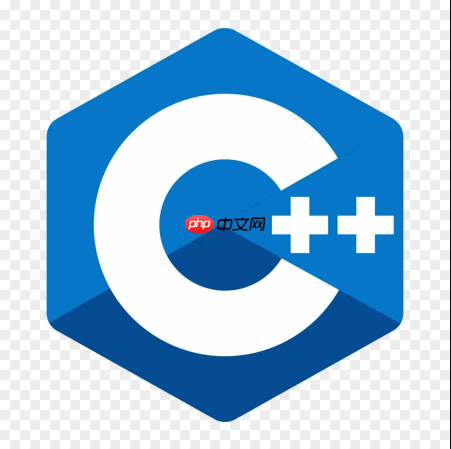
在C++多线程编程中,std::condition_variable 是实现线程间同步的重要工具之一。它通常与 std::mutex 配合使用,用于让一个或多个线程等待某个条件成立,而另一个线程在条件满足时通知等待的线程继续执行。
基本概念与头文件要使用条件变量,需包含头文件:
#include <condition_variable>核心组件包括:
- std::condition_variable:条件变量对象,用于阻塞线程或唤醒其他线程。
- std::unique_lock<std::mutex>:必须使用 unique_lock,因为 condition_variable 的 wait 操作需要能释放和重新获取锁。
- wait()、notify_one()、notify_all():主要成员函数。
下面是一个简单的生产者-消费者示例,展示如何用 std::condition_variable 实现线程同步。
#include <iostream>#include <thread>
#include <queue>
#include <mutex>
#include <condition_variable>
std::queue<int> data_queue;
std::mutex mtx;
std::condition_variable cv;
bool finished = false;
void producer() {
for (int i = 0; i < 5; ++i) {
std::unique_lock<std::mutex> lock(mtx);
data_queue.push(i);
lock.unlock();
cv.notify_one(); // 唤醒一个消费者
std::this_thread::sleep_for(std::chrono::milliseconds(100));
}
{
std::unique_lock<std::mutex> lock(mtx);
finished = true;
}
cv.notify_all(); // 通知所有消费者结束
}
void consumer() {
while (true) {
std::unique_lock<std::mutex> lock(mtx);
// 条件等待:队列非空 或 已结束
cv.wait(lock, [] { return !data_queue.empty() || finished; });
if (!data_queue.empty()) {
int value = data_queue.front();
data_queue.pop();
lock.unlock();
std::cout << "Consumed: " << value << std::endl;
} else if (finished) {
lock.unlock();
break; // 结束循环
}
}
std::cout << "Consumer exiting." << std::endl;
}
主函数启动线程:
int main() {std::thread p(producer);
std::thread c1(consumer);
std::thread c2(consumer);
p.join();
c1.join();
c2.join();
return 0;
} 关键点说明
wait() 的正确使用方式
 HyperWrite
HyperWrite
AI写作助手帮助你创作内容更自信
 54
查看详情
54
查看详情

- 调用 wait 时,会自动释放锁,并使线程进入阻塞状态。
- 当被 notify 唤醒后,线程会重新获取锁,再继续执行。
- 推荐使用带谓词的 wait 形式:
cv.wait(lock, predicate)
,避免虚假唤醒导致的问题。
notify_one vs notify_all
- notify_one:唤醒一个等待线程,适用于只有一个线程需要处理任务的场景(如单个消费者)。
- notify_all:唤醒所有等待线程,适合广播事件或多个消费者竞争的情况。
为什么必须用 unique_lock?
因为 condition_variable 在 wait 过程中需要临时释放互斥量,并在唤醒后重新加锁,只有 unique_lock 支持这种灵活的锁定控制。
注意事项与常见陷阱- 确保共享数据访问始终受 mutex 保护。
- 避免忘记调用 notify,否则等待线程可能永远阻塞。
- 注意 finished 标志也需要在锁内修改,保证可见性。
- 多个消费者时,检查队列是否为空必须在锁内完成。
基本上就这些。std::condition_variable 虽然强大,但需小心使用锁和通知机制,确保逻辑正确、无死锁、无竞态条件。
以上就是c++++中如何使用条件变量_std::condition_variable多线程同步实践的详细内容,更多请关注知识资源分享宝库其它相关文章!
相关标签: 工具 ai c++ ios 数据访问 为什么 red if for while 成员函数 include break bool int void 循环 线程 多线程 Thread 对象 事件 大家都在看: C++中this指针在类成员函数中是如何工作的 C++内存泄漏检测工具使用技巧 C++工厂模式与抽象工厂区别解析 C++开发环境配置调试工具使用技巧 使用vcpkg为C++项目管理依赖库的具体步骤是什么





发表评论:
◎欢迎参与讨论,请在这里发表您的看法、交流您的观点。